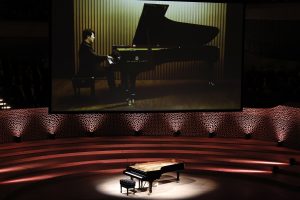Those that know me well know that I’m not exactly enthralled about the idea of electric cars, but perhaps I may just have been a touch hasty.
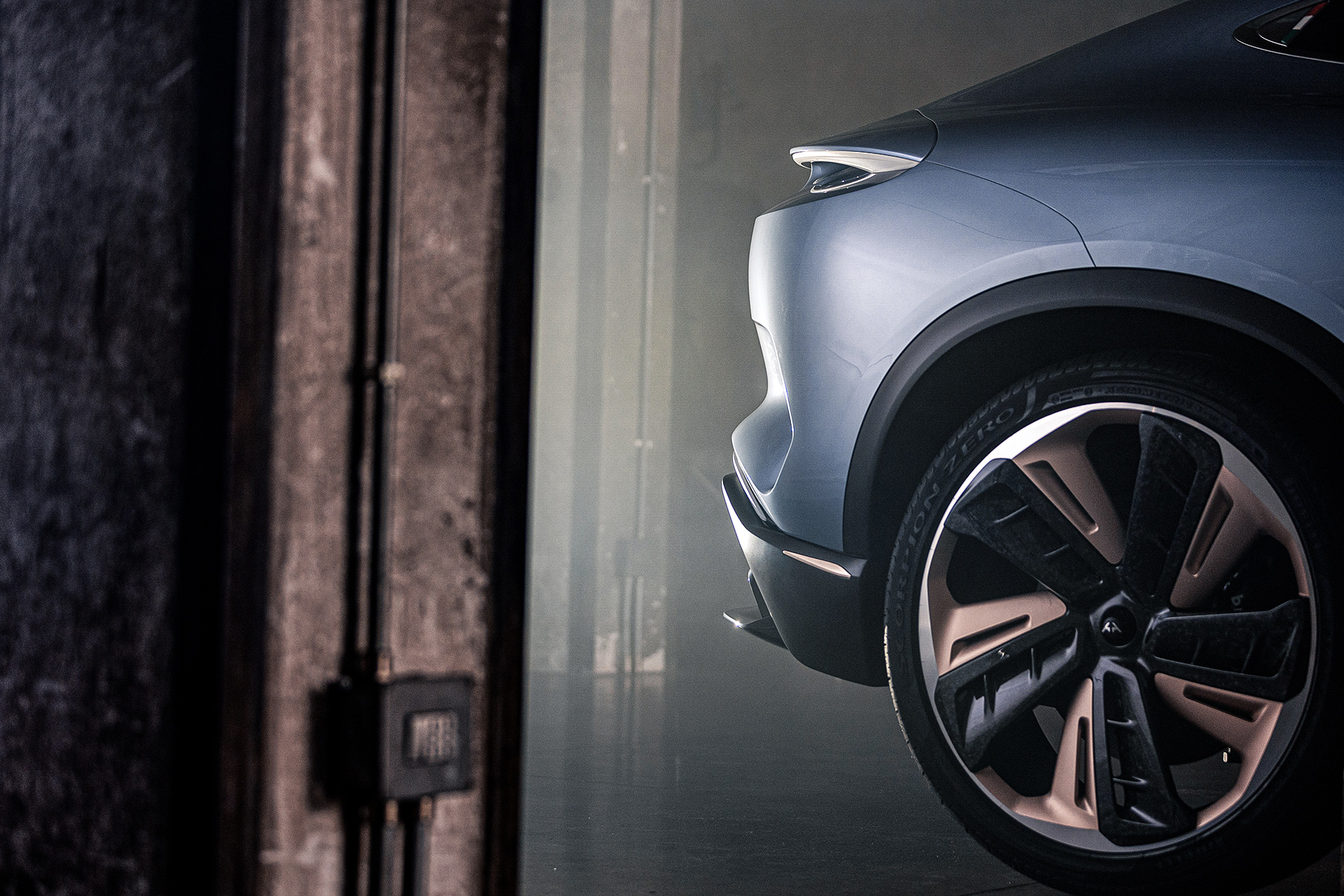
What the electric vehicle powertrains have brought is a performance standard that is more easily obtained as electric motors are able to recreate beloved combustion engine metrics with relative ease; those metrics being power and torque. What this means is that a growing number of new players are able to enter the fray, focusing more on other niche needs and bringing novel ideas to a space previously dominated by convention.
I wouldn’t say that it necessarily makes any newcomer’s challenge easier, as this “standardisation” so to speak makes finding a point of difference — and communicating it clearly to others — ever more difficult. For decades brands have been able to compete with ever improving 0-60 times, engine sound and torque, but in the electric car game these factors are close to becoming a non-event.
Yes, there is range but with battery technology reaching a plateauing peak, the roof has pretty much been set, as has the much-lauded gut-wrenching capability that almost all performance electric motors can possess.
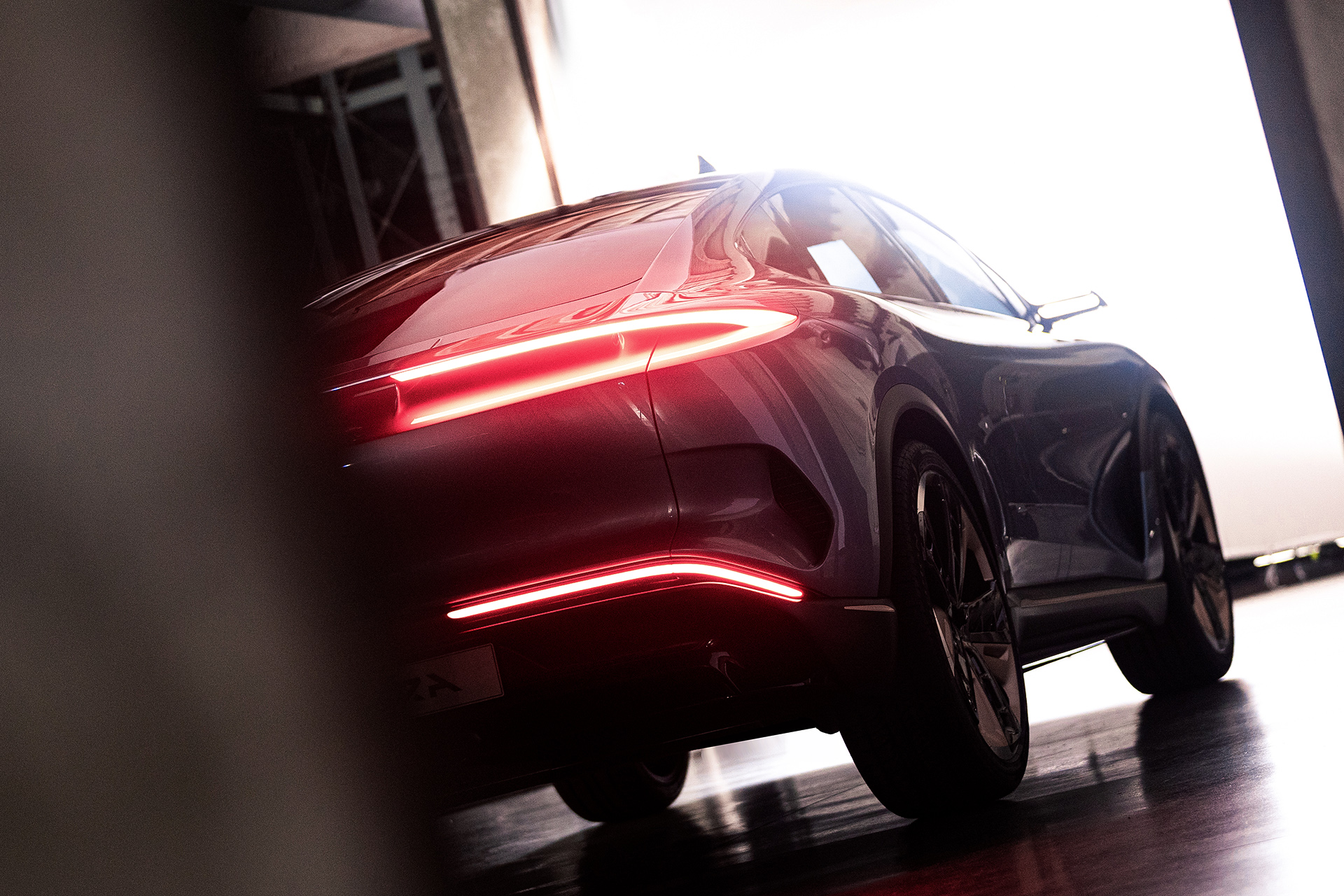

So what takes centre-stage now? A laser focus on user-centric design both internally and externally. The external design challenge a combination of trend forecasting and taste refining to meet customers’ expectations for the now while preempting the next era of automotive design. Inside, the design challenge is all about reinterpreting what that space means to the modern user, a space that caters for needs that customers previously couldn’t have met, and others that have been born from the development of technology and its usage. With driverless tech already well advanced, the time has also come for manufacturers to reconsider the space from the viewpoint of those that want to be driven, rather than solely those that choose to drive.
None of this phased AEHRA founder Hazim Nada, but rather made him more confident that his dream to create a truly ultra-premium electric automotive marque — starting with an SUV — was indeed achievable. On meeting Hazim you can’t help but notice his supreme calmness, an innate confidence that is humble yet undeniable. When he speaks, his words are purposeful and considered, often backed with occasional inferences that allude to the vast knowledge-base that lies beneath. He’s a big student of aerodynamics, and with efficiency being the electric car’s calling card, his knowledge has most certainly been put to the test. As I spoke with Hazim on the eve of the AEHRA SUV’s unveiling, it became clear that his manner is that of a chess-like tactician, each move deeply considered and astute, as shown by his approach to creating AEHRA.
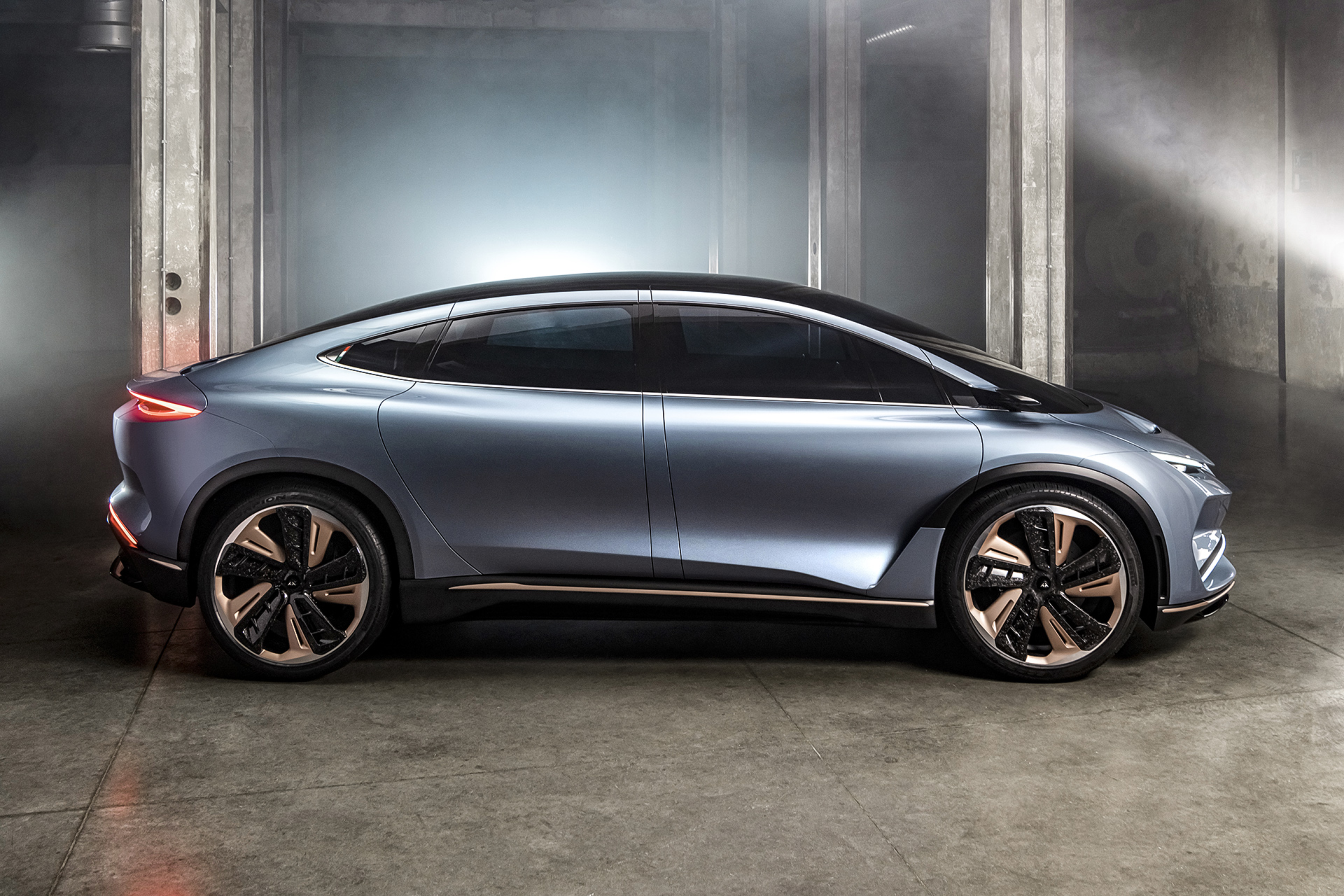
His first move was not only to convince some of the great minds behind iconic automotive history to embark on a journey of electric automotive design – but to do so with him. To say he succeeded in that regard would be a vast understatement, with none other than Filippo Perini agreeing to take up the role of Chief Design Officer. To say Filippo is experienced in this regard is almost rude; his CV could make a thesis in its own right. On that CV you would see cars such the Alfa Romeo 8C Competizione, 159, 147 and multiple Lamborghinis such as the much lauded Reventon.
Another inspired move was to give the brand a headstart in developing its personality, channelling the equity of automotive heritage by choosing Italy as the location for AEHRA’s naissance — and it’s not just a gimmick either. Emblazoned on the rear arches are the Italian flag while inside, the very monocoque structure is comprised recycled of carbon fibre – a technique developed in the region. The monocoque construction itself is one ordinarily found in Italian supercars, but chosen for the AEHRA despite it being an SUV due to the car’s unique proportional properties and the sloped elongated profile.
When you think ultra-premium Italian cars, what immediately comes to mind is an impassioned drive and emotion inducing design and the AEHRA aims to deliver on all fronts.
“The AEHRA SUV represents a radical combination of cutting-edge sustainable materials, ultra-advanced EV technology, smart manufacturing technologies, pure Italian design, and of course, a seminal moment in our company’s history”
_Hazim Nada, AEHRA Founder + CEO
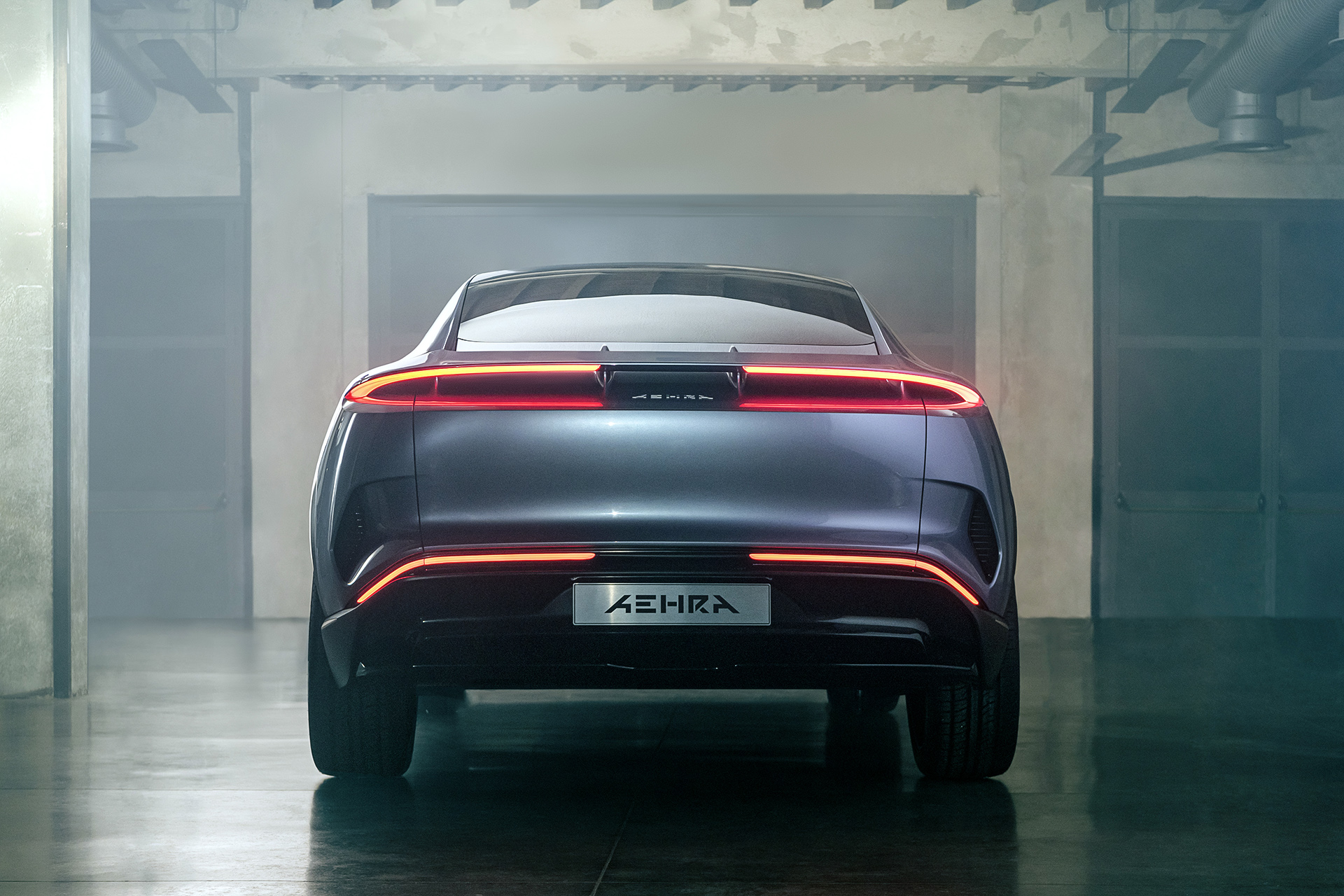
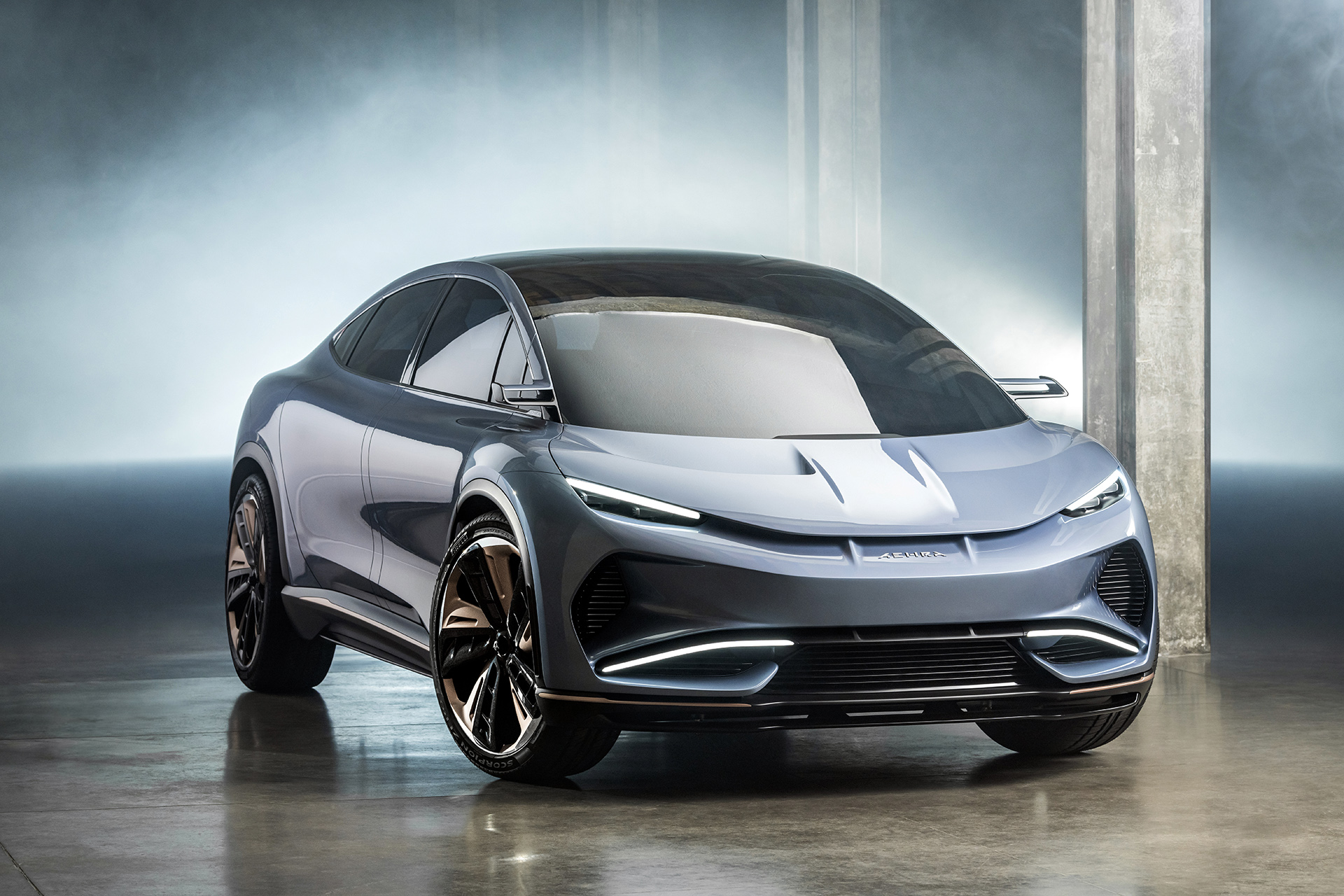
While features such as the compacted nose and enlarged forehead windscreen lead to design challenges, they provide aerodynamic efficiency and help the AEHRA achieve optimum standards for aerodynamic drag reduction and battery thermal control. The SUV will also feature elements in both front and rear that adapt to provide innovative aerodynamic management.
Their elytra-like door opening system, is a world first — patent pending — allowing maximum comfort for entrance and exit of the vehicle. There is also the added bonus of looking suitably spectacular while you do.
We weren’t able to go inside the vehicle, but seen in the flesh the AEHRA is imposingly elegant, and much larger than I first imagined; the shortened nose and elongated body combine to create a “tromp l’oeil” and mask its true scale. While we’re on the topic of scale, one of Hazim’s goals is to create a vehicle that can carry four NBA Basketballer sized individuals in complete comfort; by the time the car is completely finished the next year the AEHRA SUV will have achieved that.
The story doesn’t stop there, as an ultra-premium Sedan is already in the works and set to be unveiled February 2023. With customer deliveries of both expected in 2025, we won’t have to wait too long for this burgeoning fleet of ultra-premium electric automotive cars to be unleashed in full fluid motion. It really is the dawn of a new aehra.






